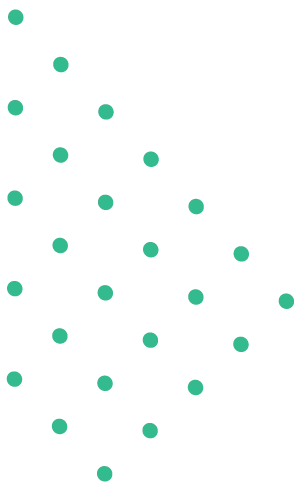The Grammar Translation Method is a very old method. It started in the 18th and 19th centuries. At first, it was used...Continue
Write a note on Herbert’s use of imagery.
Or, Discuss Herbert’s imagery, particularly how it conveys inner experience.
George Herbert (1593-1633) is well-known for his masterful use of imagery in his poetry. As a Metaphysical poet, Herbert employs vivid, concrete images to convey deep spiritual and emotional experiences. Herbert’s imagery often draws on everyday objects and familiar symbols. These images create a bridge between the physical and the spiritual world.
The Collar and Inner Experience: Herbert’s poetry is a reflection of his inner spiritual journey, and his imagery is key to expressing these personal struggles. For example, in “The Collar”, Herbert uses the image of a “collar” to represent the weight of religious faith and priestly duties. The collar is both a physical object—a clerical collar worn by priests—and a metaphor for the restrictions Herbert feels as a servant of God.
Shall I be still in suit?
Have I no harvest but a thorn
This image conveys his frustration and rebellion, as he longs to escape these constraints. Yet, the collar also symbolizes guidance and protection. The poet suggests that faith, while burdensome, ultimately leads to salvation.
Easter Wings and Rise from Suffering: In “Easter Wings,” Herbert’s imagery becomes even more dynamic. The poem’s shape resembles wings. This visual structure complements the theme of spiritual flight and redemption. Herbert uses the image of wings to symbolize rising above suffering. He prays to God to let him rise above suffering. He desires closeness to God. As seen in the following lines:
With thee
O let me rise
As larks, harmoniously,
Here, the poet suggests that through devotion to God, one can overcome suffering and find spiritual freedom and redemption.
The Pulley and God’s Gifts: Herbert frequently uses simple, everyday objects to symbolize profound religious truths. In “The Pulley,” he uses a “glass of blessings” to depict God’s generosity in giving humanity gifts like beauty, wisdom, and strength. Herbert begins the poem with the following lines:
“When God at first made man,
Having a glass of blessings standing by,
“Let us,” said he, “pour on him all we can:”
This image conveys God’s abundant love and the blessings poured upon humanity. However, Herbert also withholds the gift of “rest” to symbolize humanity’s longing for God. The image of the pulley itself, introduced in the poem’s title, represents how this restlessness draws people back to God. By turning ordinary objects like a glass or a pulley into symbols, Herbert links the human experience to divine wisdom.
Inner Conflict: Herbert’s imagery also captures the emotional depth of his inner conflicts. In “The Collar,” he describes his past joys—wine and bread—now turned bitter by tears and sighs:
Sure there was wine
Before my sighs did dry it; there was corn
Before my tears did drown it.
These simple, sensory images of food reflect both physical pleasure and spiritual emptiness. The speaker feels the weight of priestly duties. He feels that he is burdened with religious duties. He longs for freedom and pleasure rather than his religious duty. This poem suggests religious faith can feel more like a burden than a consolation—but that doesn’t mean one can run from it.
Overall, Herbert’s imagery is a key element of his poetic style. His images bridge the gap between the physical world and spiritual truths. His use of everyday symbols makes his poetry accessible. These images convey the complexity of his inner experience. Whether it’s the flight of larks, the weight of a collar, or the pull of restlessness, Herbert’s imagery allows readers to feel his spiritual journey.
Recent articlesArticles
Elucidate the limitations/challenges of implementing CLT for Language teaching in Bangladesh. Communicative Language Teaching (CLT) was introduced in Bangladesh in the late...Continue
Why is linguistics considered as a science? Linguistics is the scientific study of language. It emerged as a distinct field in the...Continue



